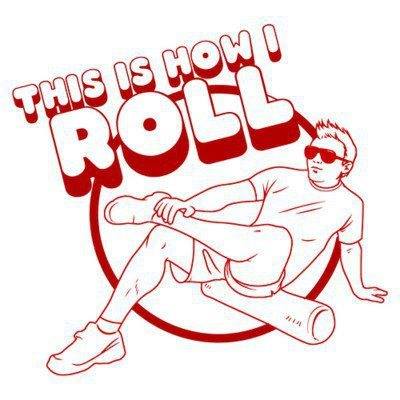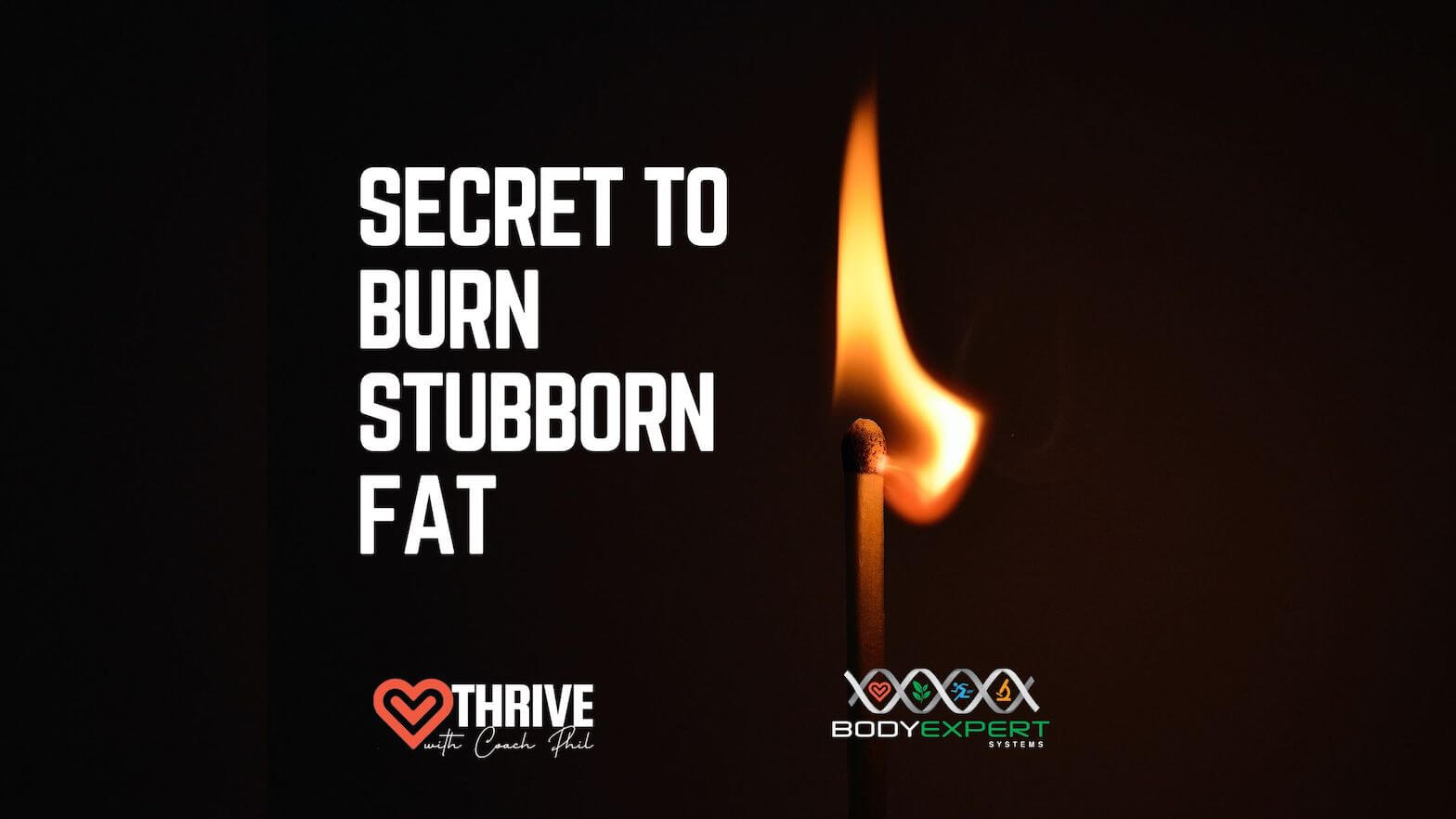Self-Myofascial Release
You lift weights, move and sweat but do you really stretch or get full benefits from stretching? If not I’d like to introduce foam rolling, otherwise known as self-myofascial release (SMR). SMR works as well as stretching but with great additional benefits. It can improve flexibility and range of motion, for example; enabling you to get that deeper squat you’ve always wanted, as well as give your muscles a helping hand to speed up their recovery after training sessions. Here is how it works…
How Foam Rolling Works:
Muscle fascia is a connective tissue made of collagen fibres surrounding the muscle; it helps to hold the muscle together, to separate them and also enables smooth movement. When our bodies experience tissue damage resulting anywhere from an injury to emotional stress, it creates a protective response and the muscle fascia in the stressed area bunches together to provide support and protection. If left unnoticed, this can lead to increased pain, reduced blood flow and a build-up of toxins.
When we use a foam roller on these stressed areas, the sustained pressure allows the connective tissue to release, acting much like a massage and enabling the fascia to return to its former fluid self. The research on the benefits of SMR with regards to exercise is still premature, however, there is a general consensus that foam rolling helps with recovery through reducing inflammation, driving blood into troubled areas and allowing for waste to be cleared out. Other possible benefits of foam rolling include improving short-term flexibility and if done regularly it can also improve long-term flexibility.
Foam rolling is best used after training as a recovery method for the benefits mentioned above, however it can also be used before training as part of a general warm-up routine as it can be seen as a safer way of stretching and improves short-term flexibility.
Example Exercises:



The foam roller can be used across various parts of the body, mainly legs, back, hips and arms, discovering ‘trigger points’ through self-exploration as you roll. When rolling you should apply moderate pressure to a specific muscle or muscle group, rolling slowly, about 1 inch per second. When areas are discovered that are tight or painful, gently pause and rock in that area for several seconds and relax as much as possible. After about 5-30 seconds the discomfort should ease as the muscle slowly releases, however, if the area is too painful to apply direct pressure, build up to it by rolling and applying pressure in a nearby area until the pain lessens and you are able to work the whole area. Avoid rolling a joint or a bone, always target the muscles. It should feel as if the muscles have been released, so you may feel some soreness, drinking lots of water will help flush out the toxins released from rolling.
Ready to roll? Foam rollers come in varying densities, so that some are firmer than others, they usually come colour coded according to firmness, white being the least dense, followed by green or blue for medium firmness, with black being the firmest. If you are new to foam rolling, choose a lower density roller.
Happy rolling!
Article written by Caroline Kuis, a transformation coach at Body Expert Systems. For quick tips and advice; like and follow our business facebook page: Facebook.com/bodyexpertsystemsvietnam
Stay in touch – Join our online and email community to keep up-to-date with our articles, recipes, workouts and awesome events








